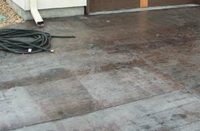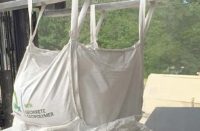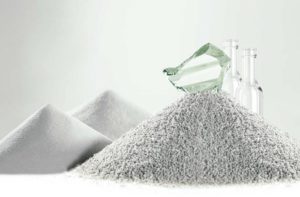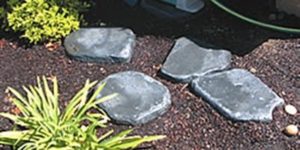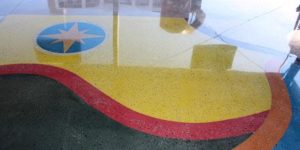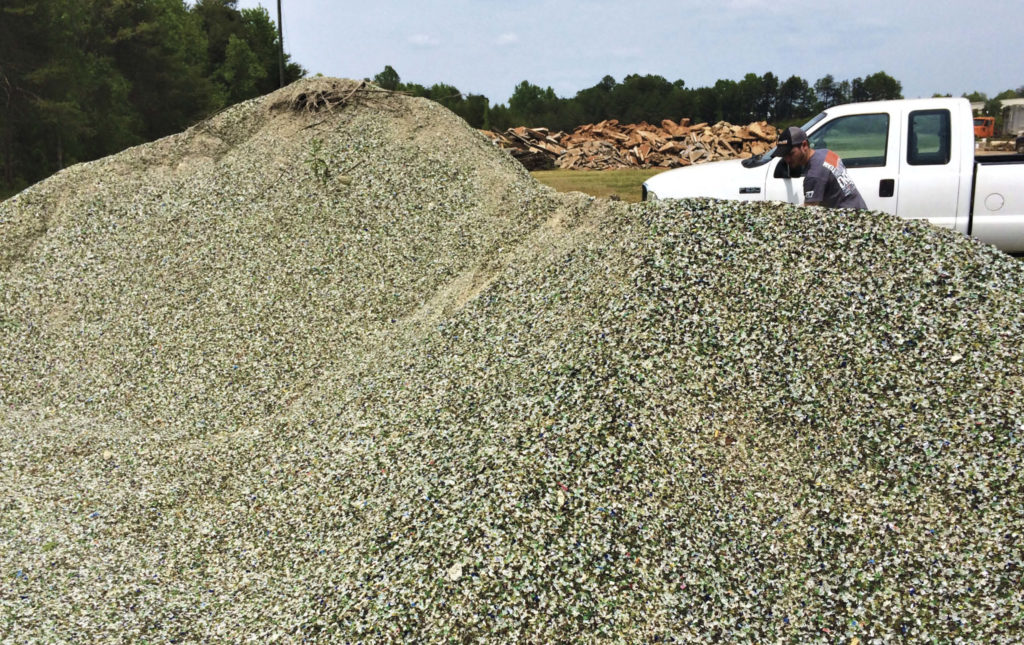
According to a U.S. Environmental Protection Agency report, the total amount of waste material has increased from 88 million tons in 1960 to 262 million tons in 2015. In 2015, 26% of the waste materials was recycled and 9% was composted. Additionally, 13% was combusted with energy recovery and 52% was disposed of in landfills.
Among all the waste materials that have been recycled, batteries and steel are the most recyclable. Although glass is a material that can be recycled, just 34% of waste glass has been recycled. The main reason why collected mix-color waste glass isn’t recycled is due to its chemical composition.
Typically, glass containers consist of sand, soda ash, limestone and cullet. Sand is glass’s main component and is its source of silica. Some recyclers add soda ash to the mixture to decrease the melting temperature. The chemical compositions of different glass colors differ slightly which affect their melting temperature. Therefore, you can’t properly recycle glass containers unless you have them sorted based on their color.

Another reason why glass containers can’t be recycled efficiently is the source of the waste glass. Usually, people mix waste glass, such as bottles or containers, during the collection process. To recycle collected waste glass, operators must sort the glass based on colors and types. This is a very time-consuming and inefficient process.
Contamination is another reason why some waste glass containers aren’t recycled. They must be free of any chemical residue, medicine or any other hazardous material before the recycling process.
Using glass as a pozzolan
You can add cementitious materials such as pozzolans to concrete mixtures to enhance their mechanical and durability properties. When grinded to a powder, glass becomes one of the natural pozzolans that improves concrete’s fresh and hardened properties.
While concrete is in its plastic phase, glass powder will increase its workability, so it requires less energy, cost and time to place and consolidate the concrete. While the concrete is in its hardened phase, concrete containing glass powder exhibits better strength, freeze-thaw resistance and sulfate resistance.

You can use glass powder to replace portland cement, typically at a 10%-30% replacement level by weight. Portland cement production is one of the main sources for CO2 emission. Incorporating waste glass in concrete as a portland cement replacement does more than help the environment by reducing the amount of CO2 emission. It also reduces the amount of waste glass disposed in landfills.
The size of the glass particles plays a crucial role in the pozzolanic performance of the glass powder. Concrete containing finer glass particles shows more promising mechanical and durability performance than that of concrete containing coarser particles.
Glass aggregates and ASR
Besides powder, you can also use waste glass as an aggregate in concrete in the form of fine or coarse aggregates. Since aggregates occupy approximately 70% of the concrete, using glass cullet as aggregate in concrete does more than incorporate more waste glass in concrete. It also decreases the energy and time required to ground the glass particles into powder.
However, you should consider a mitigation method to suppress alkali-silica reaction (ASR) when the concrete mixture contains glass aggregates. ASR is a chemical reaction between alkalis from portland cement and reactive aggregates within the concrete that results in ASR gel.
With moisture present, ASR gel expands and causes the concrete to deteriorate. People consider glass aggregates highly reactive due to both high alkali and silica content embedded in their microstructure, (Glass has approximately 70% silica and 15% sodium.) Typically, concrete containing green glass exhibits less distress due to the presence of chromium.
Eliminating ASR reaction
There are several ways to eliminate the likelihood of deleterious ASR reaction in concrete containing waste glass aggregates. Using low-alkali portland cement and/or incorporating supplementary cementitious materials (SCMs) such as silica fume, fly ash, slag and metakaolin can mitigate ASR distress in concrete containing waste glass aggregate.

Among the conventional SCMs, silica fume and metakaolin are the most effective ones. Previous studies showed that using approximately 10% of either silica fume or metakaolin can mitigate the ASR distress in concrete containing 100% glass aggregates by almost 90%.
You can also use glass powder as a SCM in concrete (i.e., replacement for portland cement) to mitigate ASR distress. However, it’s not as effective as the conventional SCMs. For example, you can replace 30% of portland cement and 100% of aggregates with glass powder and glass aggregate, respectively. In doing this, you won’t encounter any ASR distress.
The strength of concrete containing glass powder as a cement replacement material is approximately equal to that of concrete containing only portland cement. However, its durability properties outperform that of conventional concrete.
The strength of concrete containing glass aggregates is 10%-20% less than that of concrete containing mineral aggregates. This reduction in mechanical properties is due to the lower strength of aggregates as well as less bonding between the glass aggregates and the paste compared to the mineral aggregates.

Glass outperforms mineral aggregates
Having said that, you can use concrete containing waste glass for indoor applications (where you don’t expect exposure to aggressive materials and moisture). You can also use it for sidewalks, pavements and curbs that require less strength. Using this type of concrete in indoor applications eliminates the presence of water and, consequently, ASR distress.
Note that using waste glass aggregates will significantly reduce the concrete mixture’s workability. The glass cullets’ angular shapes negatively affect the concrete mixture’s workability. Subsequently, you must use a superplasticizer to ease concrete placement and consolidation.
Research has shown that concrete containing waste glass aggregates has better abrasion resistance than conventional concrete containing mineral aggregates. Even if you don’t replace all the mineral aggregates with glass aggregate, the glass particles will rise to the concrete’s surface due to their lower density compared to mineral aggregates and the paste.
Questions from Readers
Question
What is the effect of clear bottle glass to the concrete?
Answer from Concrete Decor
Introducing glass to a concrete mix will result in a chemical reaction known as alkali-silica reaction (ASR). I’m not a chemist, but this reaction causes glass to dislodge or become loose in the concrete matrix over time.
You can reduce this reaction by replacing a portion of the portland cement with fly ash (aka metakaolin). Some chemical densifiers also eliminate ASR which means that using glass in concrete is doable. You just need to do your homework beforehand.
Here is another article you might find helpful.
Ready to start your next project?
Offered by Concrete Decor Store Black Terrazzo Glass
Black Terrazzo Glass
by American Specialty Glass Reflective Blue Terrazzo Glass
Reflective Blue Terrazzo Glass
by American Specialty Glass LS - Premium Concrete Sealer, Hardener & Densifier
LS - Premium Concrete Sealer, Hardener & Densifier
by Prosoco

